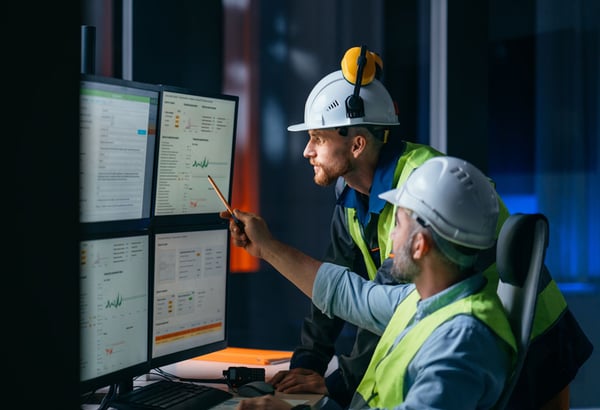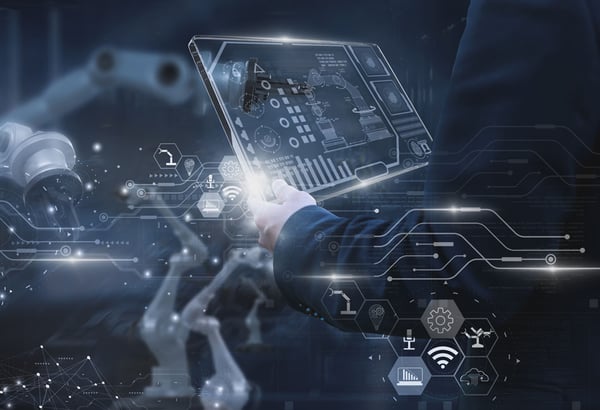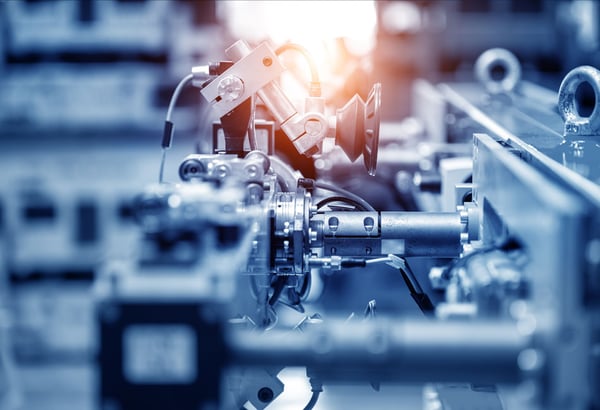In the wake of the green transition, one of the key industries leading the change is the mining and metals industry. While the industry is projected to grow at a compound annual growth rate of 5.6% from 2024 to 2032[1], putting pressure on production productivity, the urgency to decrease emissions is similarly acute. With demand for minerals such as lithium, nickel, and cobalt expected to grow more than thirtyfold by 2040 to meet the needs of electric vehicle production alone, solutions are needed to ensure greener, more efficient production[2].
In response to this challenge, the shift away from fossil fuels has become essential, with electricity emerging as a leading energy alternative. This transition is not only reducing reliance on fossil fuels but also creating a demand for more efficient, eco-friendly, and cost-effective ways of extracting, processing, and recycling valuable resources used in consumer electronics, energy storage, transportation, and construction. As companies adapt to electrification, the need to optimize processes becomes even more critical.
The Role of Data Utilization
To meet the challenges posed by this transition, companies must focus on efficient data collection and utilization. Chemical processes in the mining and metals industry are often complex, containing several sub-processes and unit operations with an extensive number of interrelated parameters, not to mention the variability of treated ores, metal media, and raw materials. These qualities of metal processing ensure that the end product of each process is a result of a carefully orchestrated dialogue between process data and optimized equipment.
These qualities also make the mining and metal industry an ideal candidate for machine learning and artificial intelligence (AI), as AI thrives in environments where humans have a hard time comprehending the full complexity of the process. Machine learning builds data-driven models that predict outcomes, recognize patterns, and optimize processes by leveraging historical and real-time data to provide precise control over operations. The use of machine learning and artificial intelligence (AI) thus allows mining, refining, and recycling companies to make smarter, data-driven decisions, improving safety, efficiency, and profitability across the entire value chain.
Mining and Ore Treatment
In mining and ore treatment processes, machine learning enhances predictive maintenance by detecting early signs of wear and tear in process equipment. Environmental impacts can be reduced by monitoring factors such as water usage, air quality, and tailings management. For instance, flotation processes can be optimized to improve recovery rates and energy efficiency through the analysis of particle size distribution, slurry density, and chemical reagent use.
Metal Refining Processes
Metal refining, which involves processes like leaching, electrolysis, extraction, precipitation, and crystallization, benefits significantly from AI. It offers an efficient way to uncover causal relationships that might otherwise go unnoticed, allows for root cause analysis of process instabilities, and enables broader comparisons of production batches and timeframes to identify trends that impact process efficiency. With high production volumes, even small improvements can lead to significant financial savings, which can stem from unexpected sources—such as the shift between winter and summer operations.
Recycling Operations
The same principles of enhanced root cause analysis and broader production insights apply to recycling processes. Recycling metals often involves stages like washing, leaching, impurity removal, and extraction, all of which are ideal candidates for machine learning software implementation.
Concluding thoughts
The integration of machine learning and AI into the mining and metals industry presents immense opportunities. These technologies enable companies to optimize processes, improve safety, and reduce environmental impacts, offering a pathway to more efficient, cost-effective, and sustainable operations to meet the growing demand of the market.
To explore our solution to market demands, visit our product page.
Footnotes:
[1] https://www.fortunebusinessinsights.com/precious-metals-market-105747
[2] https://iea.blob.core.windows.net/assets/ffd2a83b-8c30-4e9d-980a-52b6d9a86fdc/TheRoleofCriticalMineralsinCleanEnergyTransitions.pd





